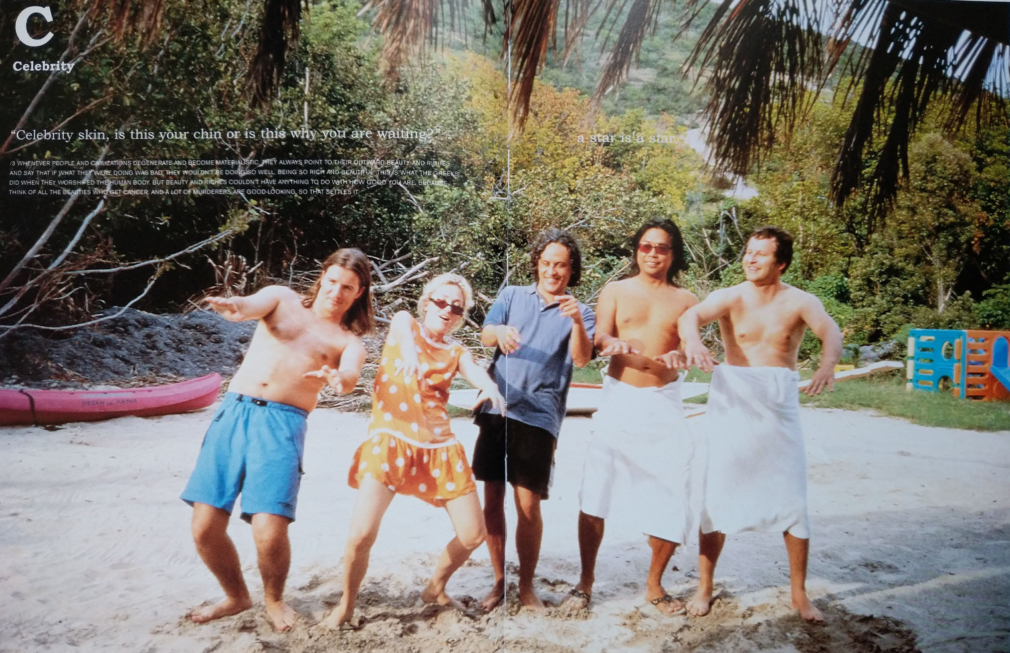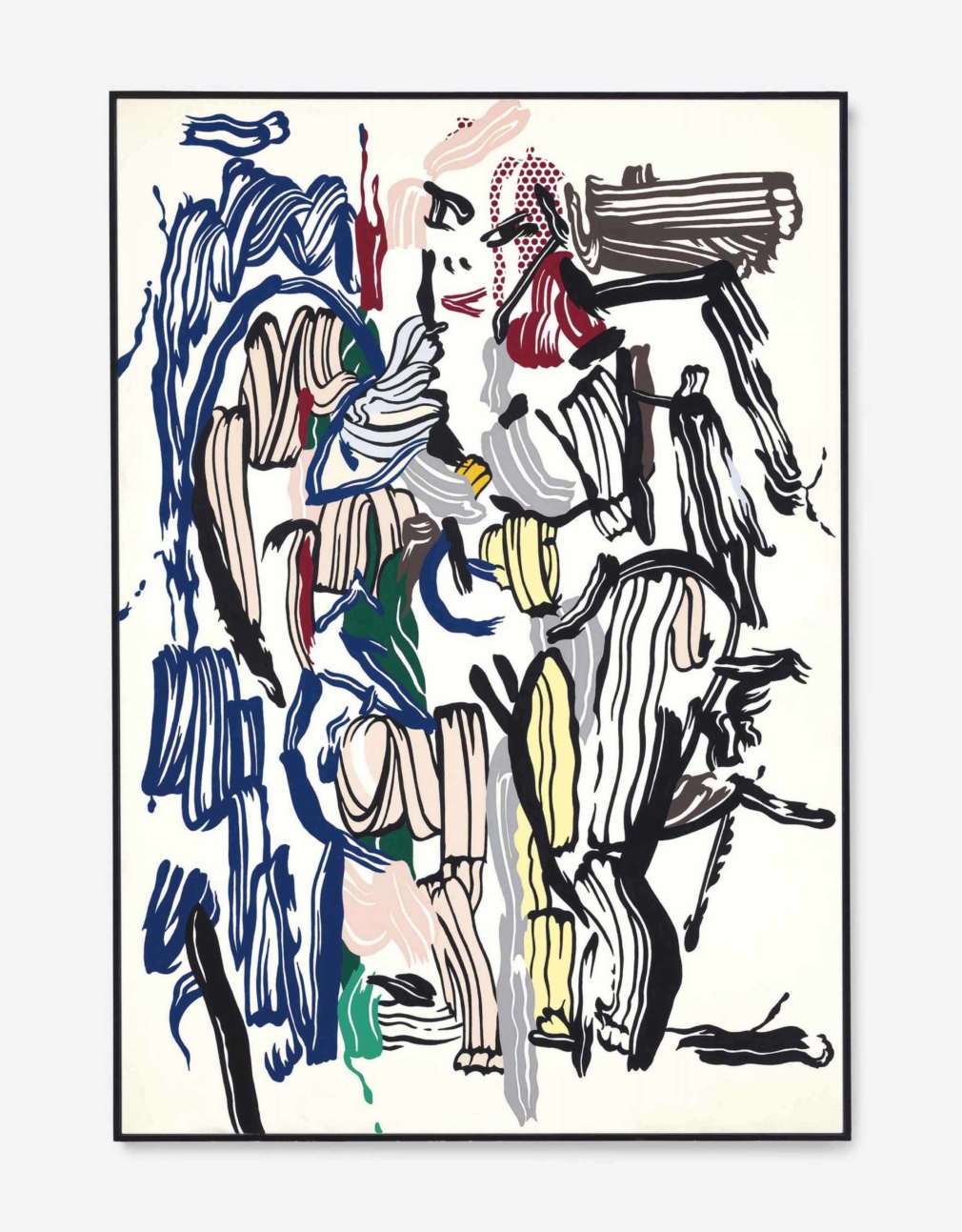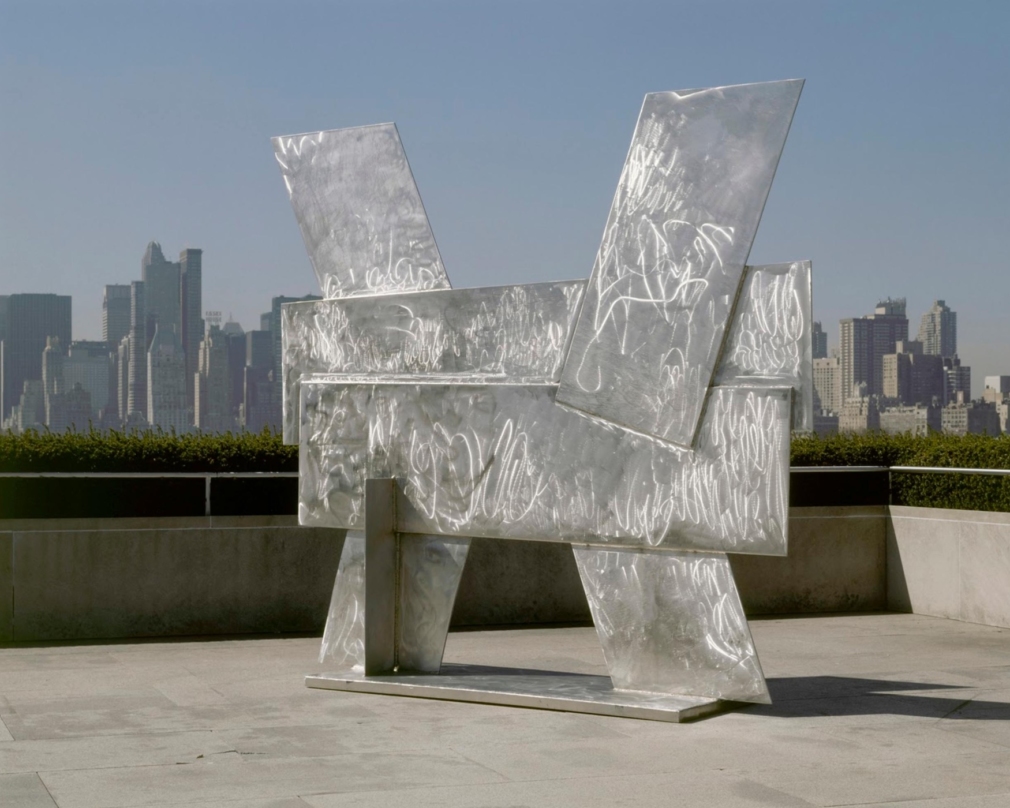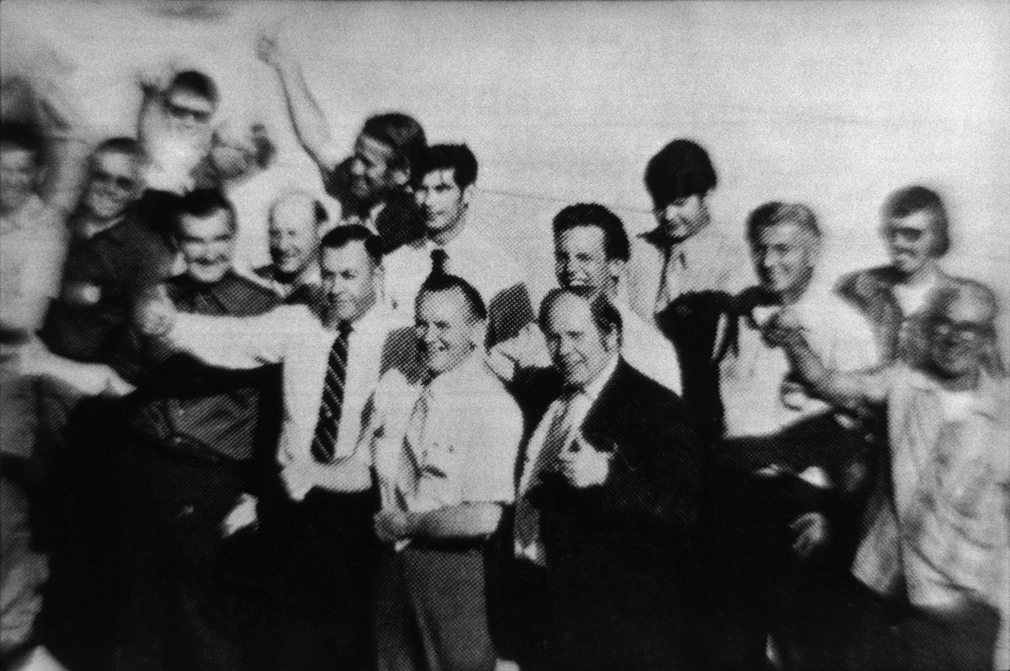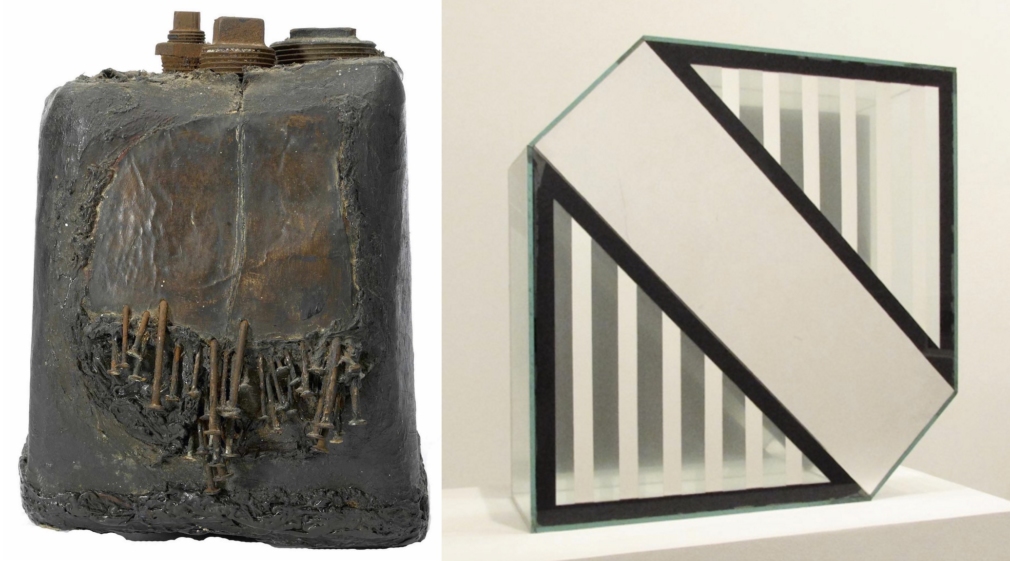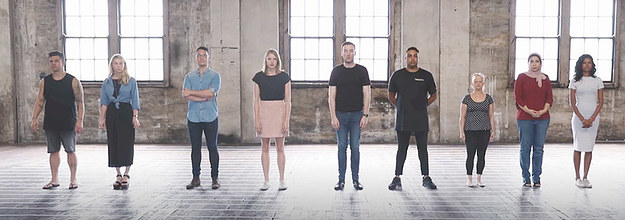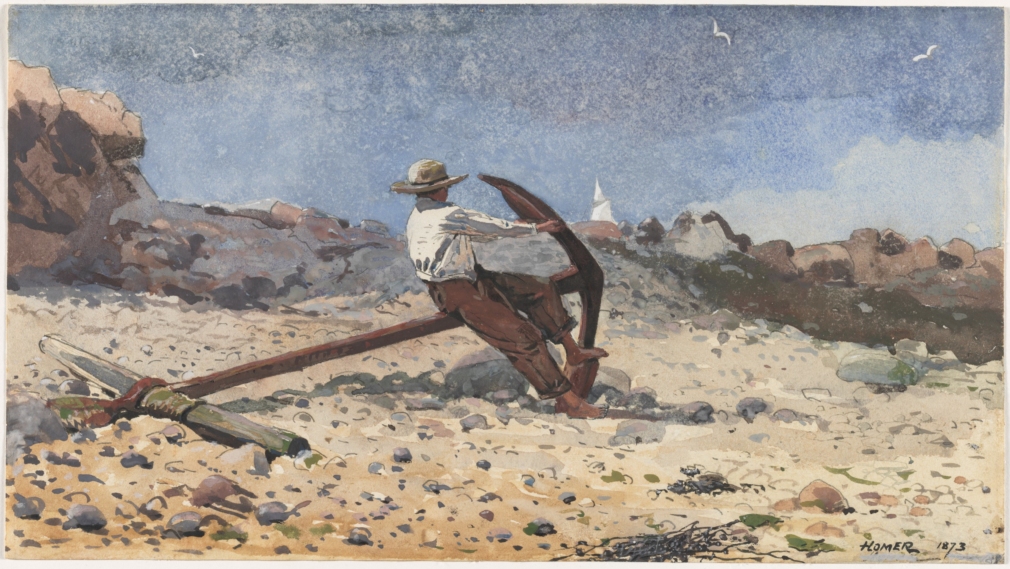BY Chris Reitz
Maurizio Cattelan couches his artworks as clever, if cynical, escapes from labor. But in truth, he rarely gets out of work. Instead, his art enacts a Euro-Atlantic shift from “productive labor” to “creative management,” a shift that he traces (counterintuitively) to the legacy of Marxian theory in Italy.


